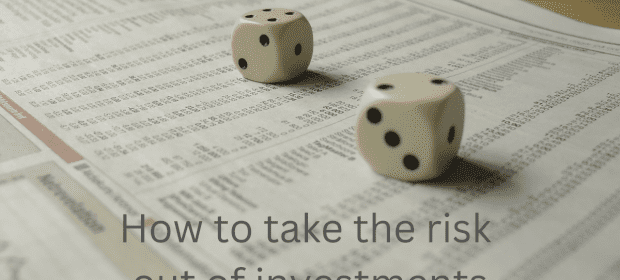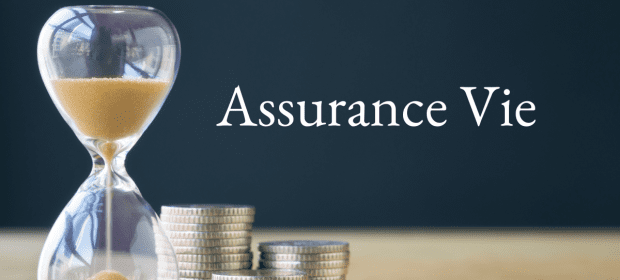The best way to start diversifying your portfolio and to blend together the myriad options in a way that best suits your personal circumstances is to speak to a professional adviser. Not only are they able to offer vast experience of the investment market, but they can also advise on the most suitable structures and products for your investments to match your individual needs.
Nowadays there are many more esoteric investment choices than ever before to capture the attention of potential investors – but they can create unpalatable risks if bought alone.
A GUIDE TO DIVERSIFICATION
This guide is designed to help start you on the road to building an investment portfolio. With a little groundwork, a balanced, well-diversified portfolio ought to be able to weather short-term storms and fluctuations. It should smooth out the various peaks and troughs and help you meet your financial objectives over the longer term, without causing too many shocks along the way.
Diversification is a much-used term in the financial world and one that can be employed at many levels. Most fund managers claim their aim is to diversify risk by buying a range of different investments, even when the area they specialise in is quite small. A smaller-companies fund manager, for example, with perhaps only 500 potential investments from which to choose, would suggest their hand-picked selection of 70 holdings offers diversification.
At the same time, it is my job as a financial adviser to help you diversify your portfolio by guiding you through the range of different assets, allocating your portfolio across the different options and, ultimately, helping you meet your objectives while staying within a level of risk that is acceptable to you.
When looking to invest, it is important to acknowledge that, no matter what the type of asset, there will be risks involved. These risks are made up of two principal aspects: market risk (the impact of economic factors, say, or government changes) and investment risk (the uncertainty and volatility of returns). Diversification can help to reduce both of these.
Market risk cannot be eliminated but it can be reduced by spreading a portfolio over a range of different asset ‘classes’ that should behave differently in different market environments. By broadening a portfolio’s exposure across a range of asset classes, you raise your chances that, at any one time, some assets will be rising while others may be falling – and the two movements should, to an extent, offset each other.
The same holds true for investment risk. While, for example, all shares are similarly exposed to investor sentiment towards the stockmarket on which they are listed, the investment-specific risk will vary from company to company. This means the share prices of each company will not move in the same direction, by the same amount and at the same time. Each share plots its own path, resulting in a smoothing of returns.
Investing across different asset classes sounds like a good move but you should also be aware of the other side of the coin. By diversifying your portfolio, you will also lower the level of return you would have received if you were fortunate enough to be invested only in the best-performing asset class. The skill comes in balancing your asset allocation so the relative payoff matches your own attitude to risk and reward.
This might lead you to ask how diversified your portfolio should be and the answer will depend greatly on your attitude to risk. Given the lessons of history, we can with some confidence assume nobody can accurately predict the performance of markets to the degree they will know exactly where to be invested at any point in time.
If this were possible, we would of course all be millionaires. Therefore, in effect, we use diversification to hedge our bets. The extent to which we need to diversify depends on how much volatility we feel able deal with – put simply, how much we tend to worry or panic when the value of our portfolio starts to fall.



















